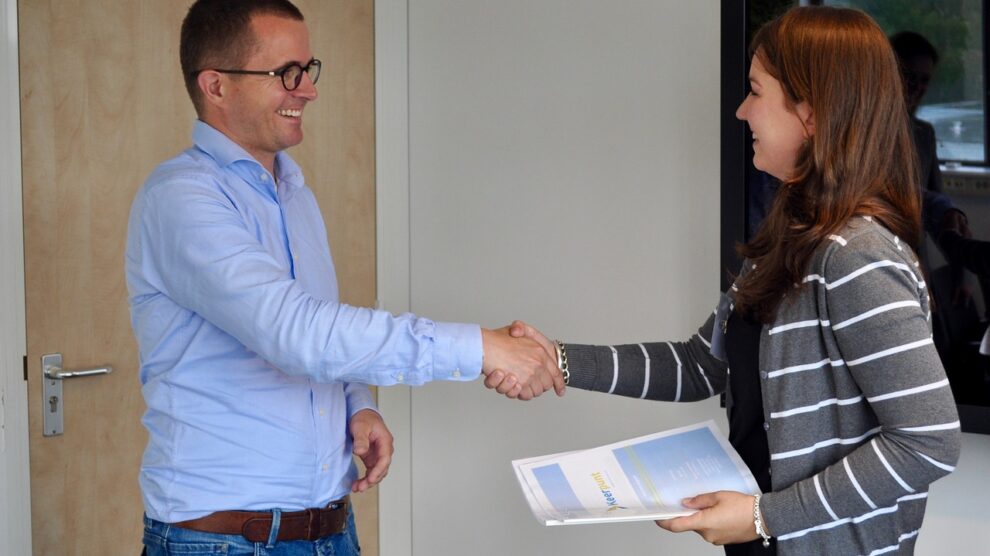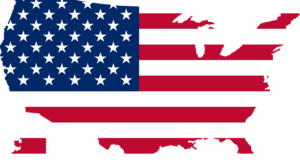From buying food to organizing meetings, coronavirus has completely changed how we live and work. The worst part about the pandemic is that no one was prepared for it. As restrictions increase and cases rise, companies have had to adapt on-the-fly to what is now an oscillating work environment. Almost a year into quarantine, organizations are still running into obstacles that threaten their organizational structure, corporate culture, and employee safety. How successfully a company navigates this post-COVID world depends on the strength and versatility of its human resources department.
HR is the backbone of every business. If implemented correctly, HR can unite employees and operations into one harmonious and profitable entity. If not, your company could be at risk of high job turnover, miscommunication, and a lack of overall productivity. The importance of HR has been made even more relevant by the introduction of COVID-19. A bad HR department could now compromise the health of its employees and its business. As the pandemic continues to evolve, HR will have to adapt its role to meet the needs of its customers, staff, and organization. One of the more difficult needs to accommodate is the return to traditional office spaces.
Learning to be Flexible
Re-integrating in-person work environments is a complex problem. A complex problem is a problem that has unpredictable outcomes and unknown variables. A global health pandemic produces thousands of complex problems that HR staff have to juggle every day. So, how do you go about solving a problem that is riddled with so much uncertainty?
Previously, when you approached complicated problems, you usually had the time to prevent or prepare for particular outcomes. But once the solutions to these problems had been incorporated into organizational policies, they became relatively unchangeable. And that’s the rub.
HR is built on forward-thinking solutions to identifiable problems. But in a world where business practices and safety guidelines are constantly in flux, you can’t afford to commit to a particular policy or structure change, especially when it comes to tracking and tracing employees’ health. So, what do you do to account for complex problems? It all starts with the simple premise that the group is stronger than the individual.
Sue Bingham of the Harvard Business Review expressed that collective intelligence may be the key to overcoming pandemic-induced obstacles. This refers to the flattening of corporate hierarchies in order to increase the amount of information brought to discussions and collaborations. Gaining perspectives from every level is crucial to implementing track and trace techniques that are as safe as they are non-invasive.
Supporting Staff from a Distance
Office reentry is an immediate concern that businesses should be currently preparing for. When safety restrictions start becoming lax, companies will have to find a way to reintroduce their workforce to a physical location. Some organizations may be able to delay this reentry, but many corporations can’t afford to not use their physical facilities. In both cases, HR leaders have to develop solutions that are safe and accommodating. This starts with tracking and tracing employee health.
Collective intelligence and proactive trials are going to be the most effective tools in your human resources arsenal when it comes to managing employee health. Throughout this next workplace transition, HR leaders will have to test a variety of different socially distant strategies that safely and effectively monitor employee health. Like the NBA, tracking which employees have been exposed to the virus will be key to limiting its spread within the office network. Companies should be able to expand their existing check-in and mental support programs to accommodate symptom testing. But not all HR departments will have the resources to implement this efficiently or effectively. That is why many industry leaders have encouraged the use of Track and Trace applications.
The Introduction of B2B Health Tracking Apps
Health tracking is not a foreign concept when it comes to human resources. Prior to COVID-19, many organizations had already introduced different levels of tracking with regards to physical and mental health. Unfortunately, both of these qualities of life have been put under immense pressure, particularly with regards to office reentry. One UK study found that 50% of employees were fearful of returning to a collective work environment due to rising health concerns. The introduction of trace and track apps has become a literal lifesaver for employees and companies alike.
One such app that is making a difference is COVID PreCheck. This app uses a secure questionnaire system that doesn’t disclose or share personal information. The goal of HR is always to maintain the privacy of its staff, and COVID-19 status is no exception. Using the COVID PreCheck app, you can slowly and safely reintroduce team members to the workplace by leveraging the use of COVIDPreCheck’s healthcare professionals and digital health passport. All your employees will have to do is display their passport to show proof of their COVID-19 status. If you want to test out the app, the service is offering free use of its demo version.
The pandemic is scary, but you and your staff shouldn’t have to be afraid. Return to work the safe way by utilizing B2B Track and Trace apps, collective intelligence, and socially distanced support.





